How to plan your Gold Coast Whale Watching tour like a pro
Gold Coast Whale Watching tour timings
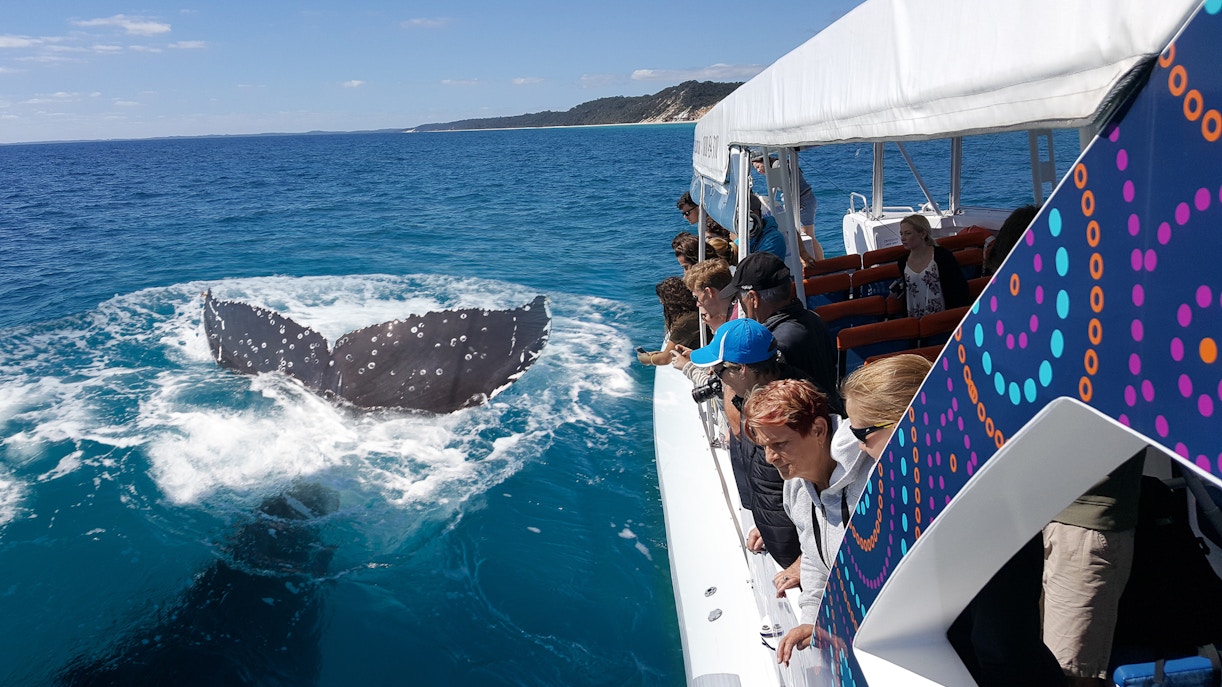
Timings: 9am, 12pm, 3pm
Duration: Approx. 2.5 hours
Perfect for: Travelers looking for flexibility. You’ll have options for morning and late afternoon departures.
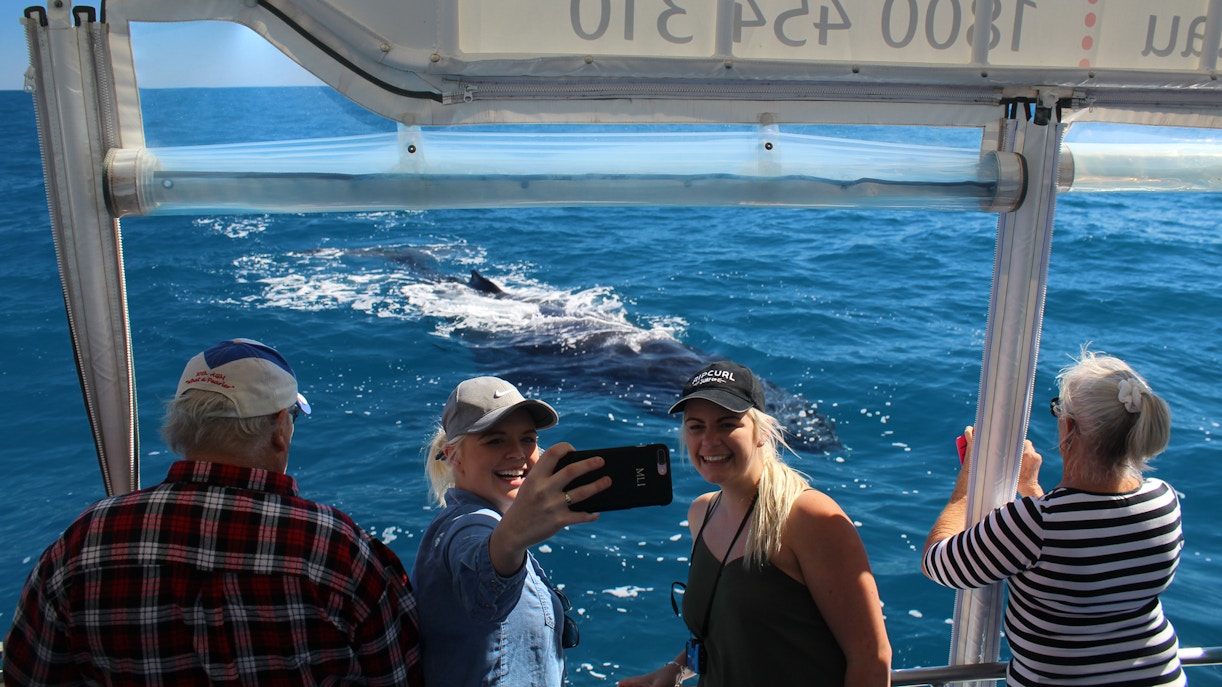
Timings: 8:15am, 2:15pm
Duration: Approx. 2.5 hours
Perfect for: Early risers staying near Marina Mirage who want an up-close viewing experience on a smaller boat before midday plans.
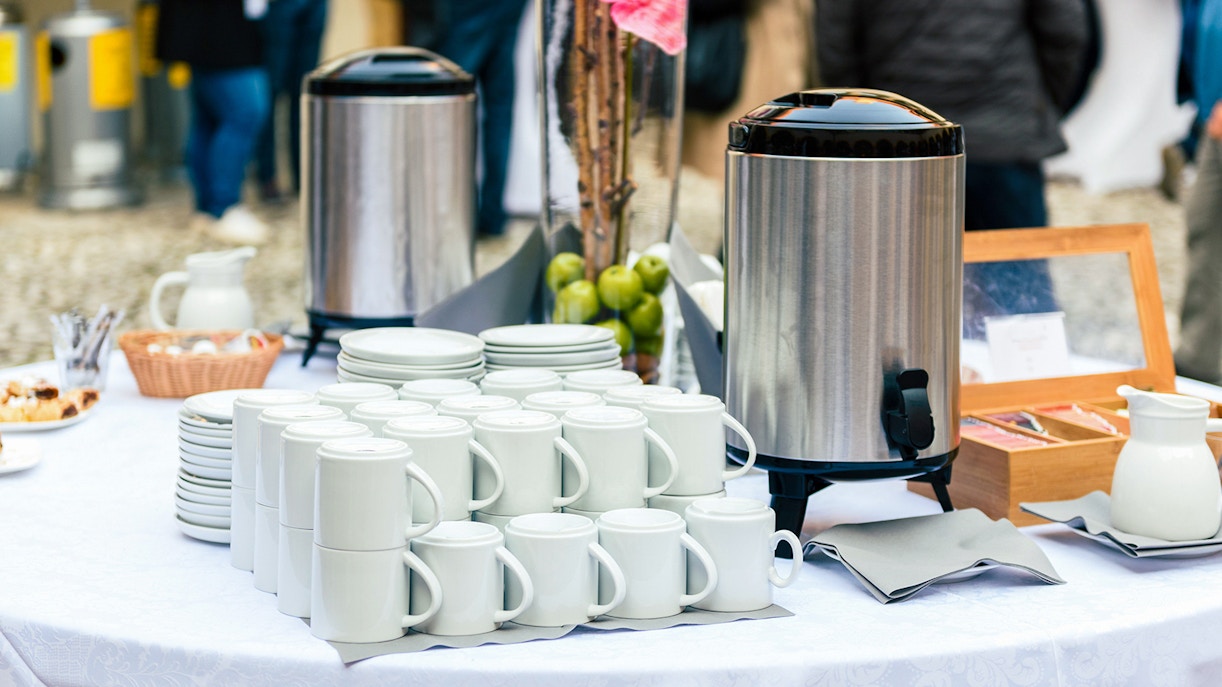
Timings: 9am
Duration: Approx. 2.5 hours
Perfect for: Mid-morning cruisers who enjoy a relaxed catamaran ride with light refreshments and expert commentary.
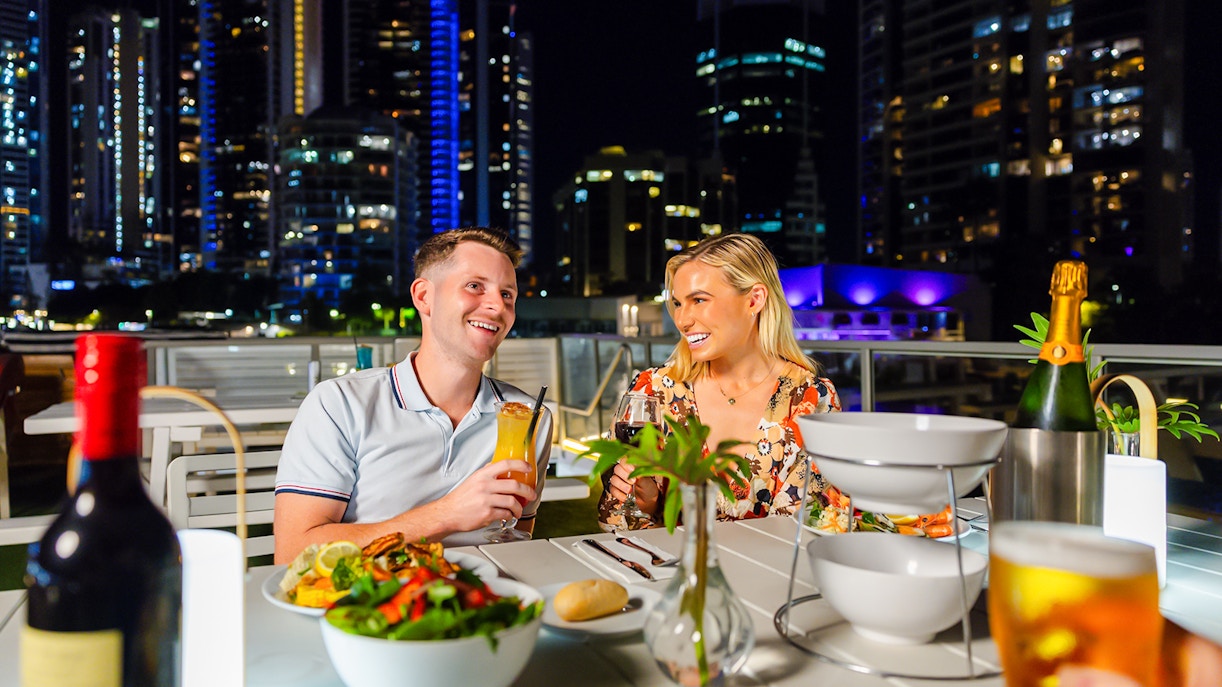
Timings: 7pm
Duration: Approx. 2.5 hours
Perfect for: Those looking to wind down the day with waterfront views, live music, and a buffet dinner. This one is not for whale sightings, but great for an evening at sea.
Book Gold Coast Whale Watching tour
Best time of the day

As for the best time of day, morning cruises especially those between 9am and 11am are a smart choice. The sea tends to be calmer, lighting is optimal for visibility (and photos), and weather conditions are generally more stable earlier in the day. Plus, early departures give you the rest of the afternoon free. That said, if you’re looking for something more laid-back, early afternoon tours also offer a good window, especially on clear spring days. Whale behavior isn’t strictly tied to time of day since they’re migrating, so activity happens round the clock.
Departure points you should know
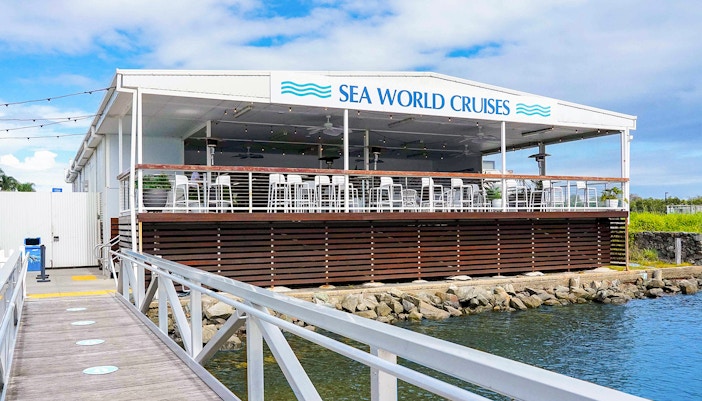
Sea World Cruises Terminal
A standout among Gold Coast departure points, this is located in the Sea World carpark. It offers plenty of free parking, public transport access via bus routes 704/705 from Surfers Paradise, and a drop-off zone. Wheelchair ramps make boarding easy, and there's even a cafe and gift shop nearby for pre-boarding coffee.
How to get there: Take Surfside buses (704/705) to “Sea World” bus stop, walk 200 m into the terminal. Or hop off at Main Beach G:link station. From there it's a 5-minute walk south on Sea World Drive via dedicated footpaths.
Departure Points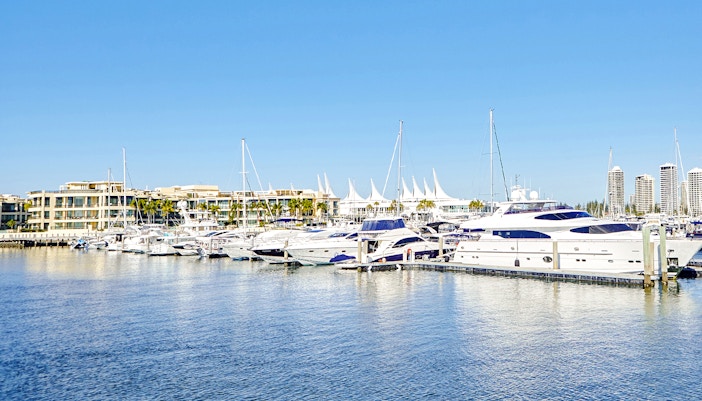
Marina Mirage
This luxury jetty is on Sea World Drive. Steps from waterfront cafes, boutique shops, and a marina for superyachts, it offers paid parking and a taxi/Uber rank out front.
How to get there: Bus 705 stops directly in front of the marina. Walk 15 minutes from Main Beach G:link tram station, or drive in via Seaworld Drive (follow signs to Marina Mirage).
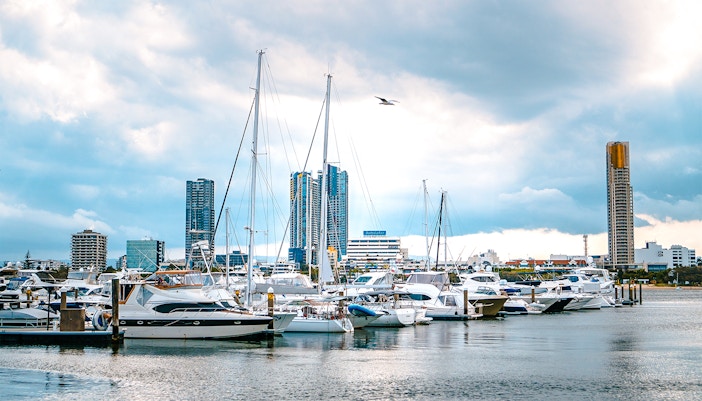
Mariners Cove Marina
This marina offers quick Broadwater access and is just next door to Marina Mirage. Paid parking is available. It's compact, convenient, and ideal for breezy, café-style boarding by the water.
How to get there: Step off the Seaworld Dr bus stop (routes 704/705) and walk 4 minutes.
FAQs: Planning your Gold Coast Whale Watching tour
If you’re here just for the whales, the Premium Whale Watching Cruise is your best bet. It focuses on sightings and comes along with hydrophones and marine commentary. Want something more relaxed? Go for the Cruise with Beverages & Snacks.
Each of the whale watching tours run for about 2.5 hours. It’s long enough to go deep into the migration corridor, but short enough to still have the rest of the day free.
Get there 20–30 minutes early. This gives you time to check in, find your seat, snap a few photos of the marina, and settle in.
Totally! The boats are wheelchair accessible, stable, and spacious. The Premium and Snacks cruises are especially family-friendly, with onboard facilities and a casual setup. Just bring a jacket and maybe a distraction for the little ones in the quiet moments.
No worries, most of the cruises come with a sighting guarantee. If no whales show up, you’ll get a free return ticket valid for up to 12 months. Just hang onto your booking details.
Depends on the tour. The Snacks & Beverages cruise includes refreshments. The Dinner Cruise serves a buffet. For the others, light snacks are usually okay but check your ticket details to be sure.
Layers are your best friend. Bring a windbreaker jacket and wear comfy shoes. It might start sunny and end breezy, or vice versa. And yes, it can get chilly even in spring.
Most cruises leave from the Sea World Cruises Terminal, Marina Mirage, or Mariners Cove, all in Main Beach. They're easily reachable via tram, bus, or taxi from Surfers Paradise.
Sometimes. If the sea’s too rough, operators will reschedule the tour. You’ll usually be notified well in advance, but always check your email or phone the morning of.
Absolutely. Especially in June–September, cruises can sell out fast. Book at least a few days ahead, more if it’s a weekend or school holiday.
